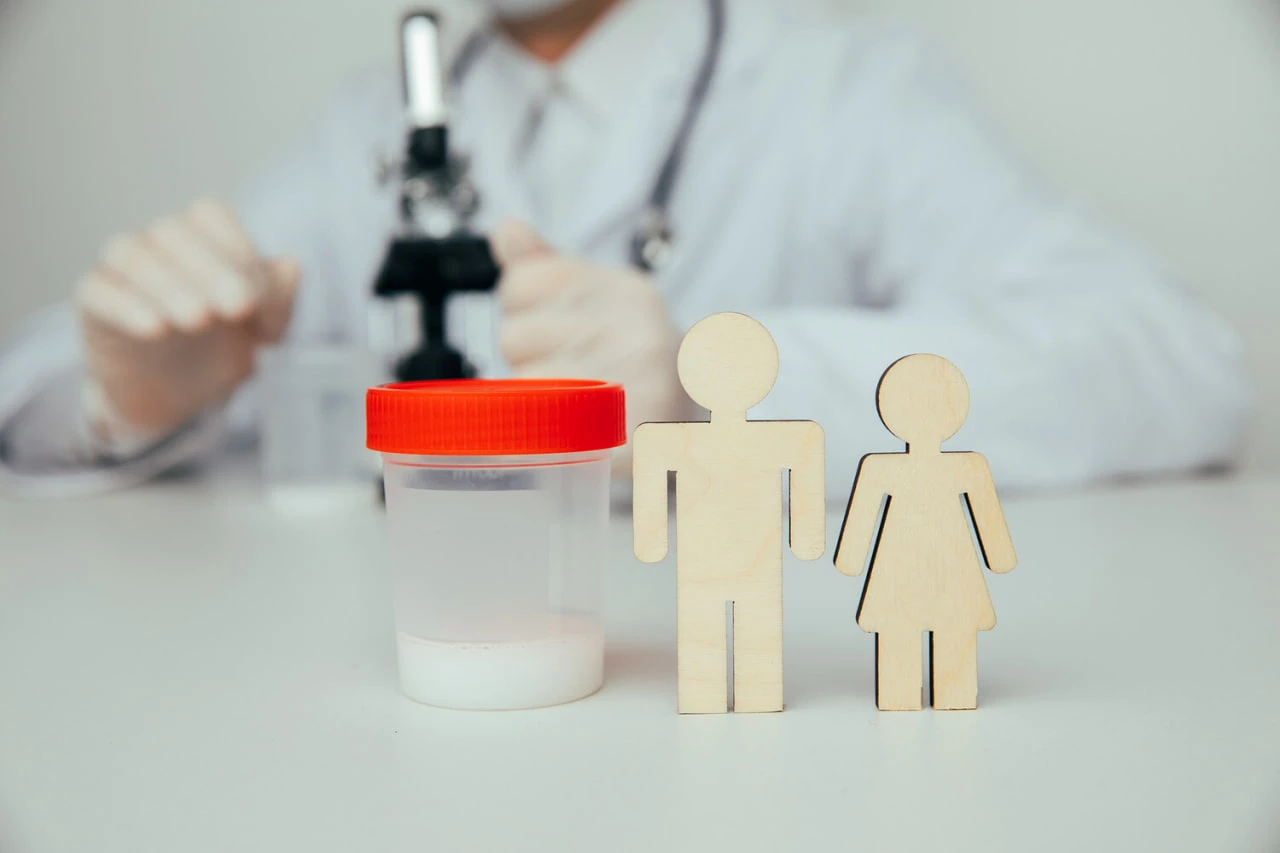As men age, sperm accumulate not just random mutations, but mutations that help cells divide and survive, even if those changes increase the risk of inherited diseases in offspring. The results of the study were published in the journal Nature.
An international team of researchers conducted a comprehensive molecular analysis of sperm from 75 men aged 22 to 84 using the high-precision NanoSeq sequencing method. The goal was to determine how different types of mutations behave with aging in the male germ line and how these processes match the predictions of theoretical models.
The frequency of neutral mutations was found to increase linearly and predictably. However, deleterious mutations show a more dramatic increase; while in men around 30 years of age, about 2% of spermatozoa carry potentially pathogenic changes, this proportion increases to 4.5% by the age of 70.
Researchers attribute this phenomenon to so-called driver mutations, genetic changes that give cells advantages in dividing and surviving. Although these mutations may be beneficial to the sperm itself, about two-thirds of them are associated with developmental disorders and predisposition to a number of diseases.
The authors emphasize that this "selection paradox" of the male germline should be taken into account when assessing genetic risks. They recommend that the population of developed countries pay special attention to this fact, due to the increase in the average age of fatherhood in such populations.
Translation:Euromedia24.com-in:


























